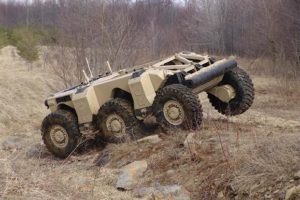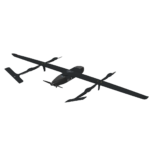
The Army on Tuesday released a development plan for its future robotic combat vehicle (RCV), with officials looking to rigorously test autonomous capabilities and prototype offerings to set up a fiscal year 2023 decision on acquisition and production timelines. RCV is expected to include three variants, with officials aiming to set a program of record for a light robot vehicle in FY '20 and the medium and heavy variants by FY '21. “The U.S. Army requires a plan that coordinates…

 By
By 











